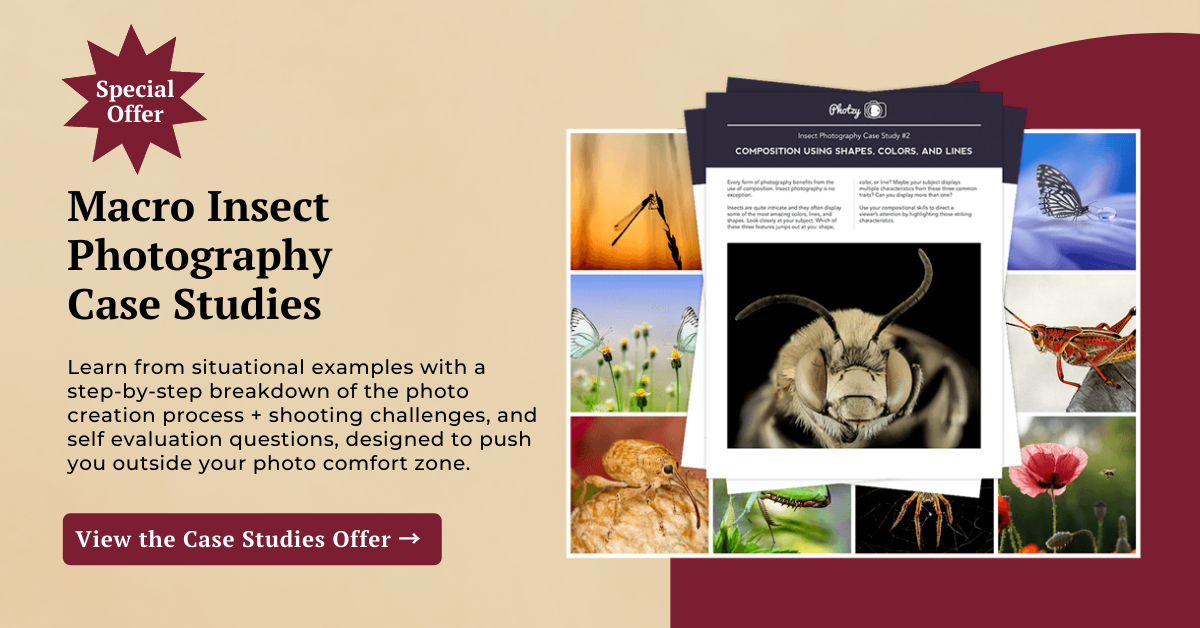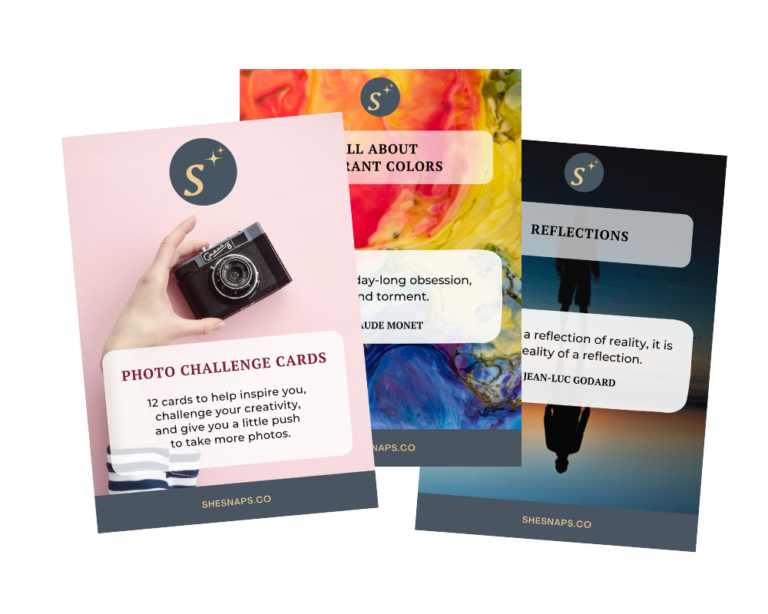There are few things more spectacular than photographs of wild animals in their natural habitat. And, contrary to popular opinion, beautiful wildlife images are not limited to those achieved on a safari in Africa. Wherever you live in the world you’ll find stunning local wildlife that will make wonderful images. Wildlife photography is certainly not the easiest of genres, requiring skill, patience, and understanding but it’s certainly worth the effort.
In this guide, I’m going to share my knowledge of photographing animals and give you some (hopefully!) helpful tips to get you started with capturing wildlife. Here’s what we’ll cover:
- What gear do you need?
- Camera settings
- The importance of light and weather.
- Patience!
- Animal behaviour.
- Wildlife and the environment.
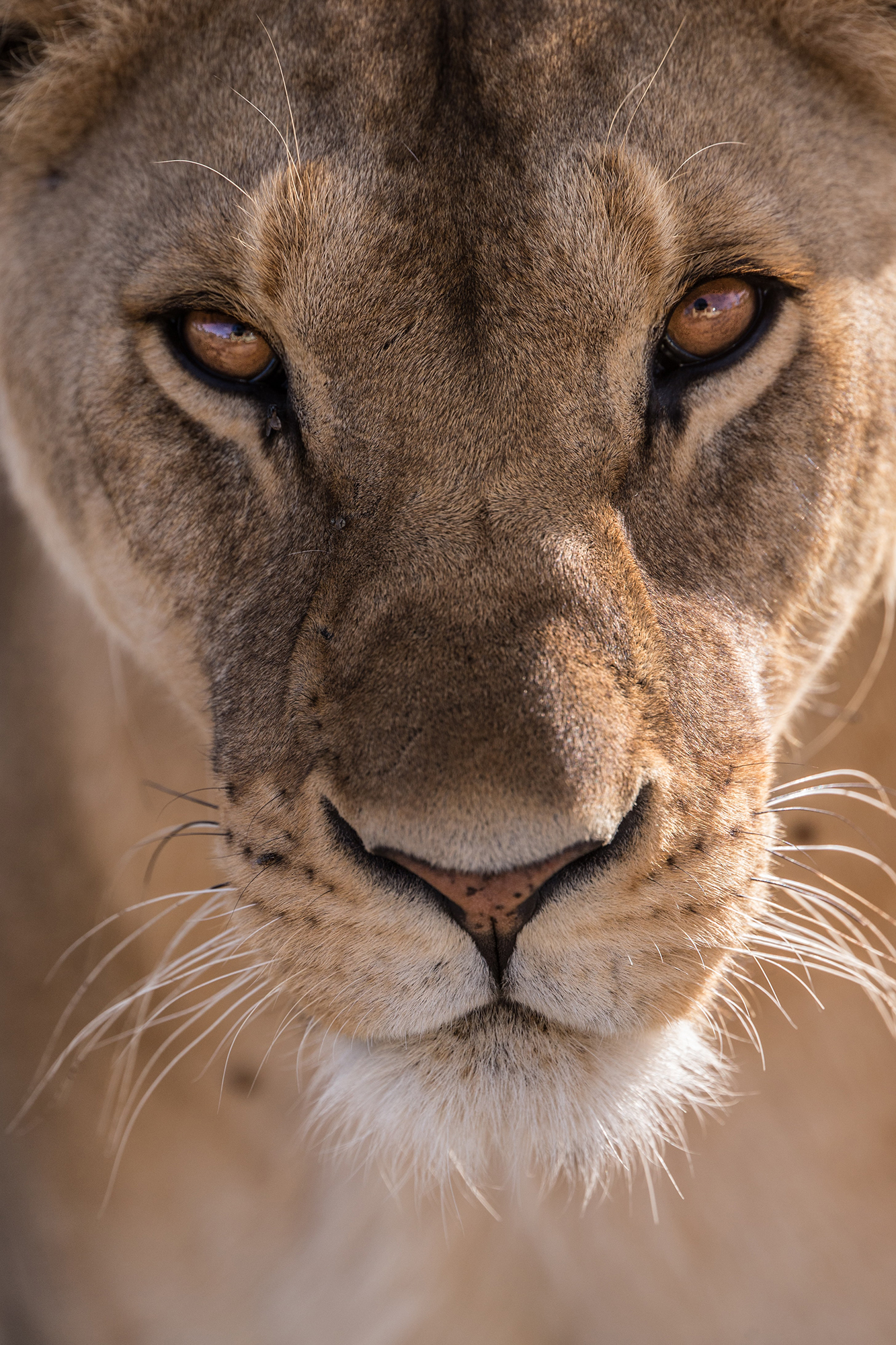
What Gear Do You Need?
Wildlife photography is all about the lenses! It doesn’t really matter how fantastic your camera is, if you don’t have a telephoto lens it’s unlikely you’ll be able to get close enough to your subjects to get decent shots. Of course, if you’re serious about wildlife photography, you’ll want to invest in a decent telephoto lens.
Key Lesson: If you are using a long lens, you’ll need to be conscious of the extra weight. The heavier a lens is, the longer the focal length, and the more movement you’ll get. The general rule relating shutter speed to focal length for getting sharp pictures is as follows: the shutter speed should be at least the reciprocal of the focal length of the lens. For example, if you are using a 300mm telephoto lens, your shutter speed should be at least 1/300 seconds or more to avoid camera shake and get sharp pictures.
If you need more focal length but are on a budget, then you could consider using a teleconverter. A teleconverter is a secondary lens that screws onto your normal lens, and its job is to enlarge the central part of your image captured by your normal lens. Do remember though that if you do this you will lose an f stop or two, and image resolution might be a little compromised.
When shooting wildlife, tripods can be cumbersome and impractical especially if you’re trying to move around quickly. This is a situation when a monopod can be a good investment. A monopod is a single-legged camera support that provides a similar level of stability to a tripod but is more practical to use when photographing something such as wildlife. I suggest using a tripod ring together with your monopod to provide support to your telephoto lens.
Finally, if you’re shooting from a car, a worthwhile investment is a little gadget called the ‘Pod’. This is essentially a beanbag with a tripod screw sticking out of it. This allows you to attach it to a lens mount and safely balance the lens on your window.
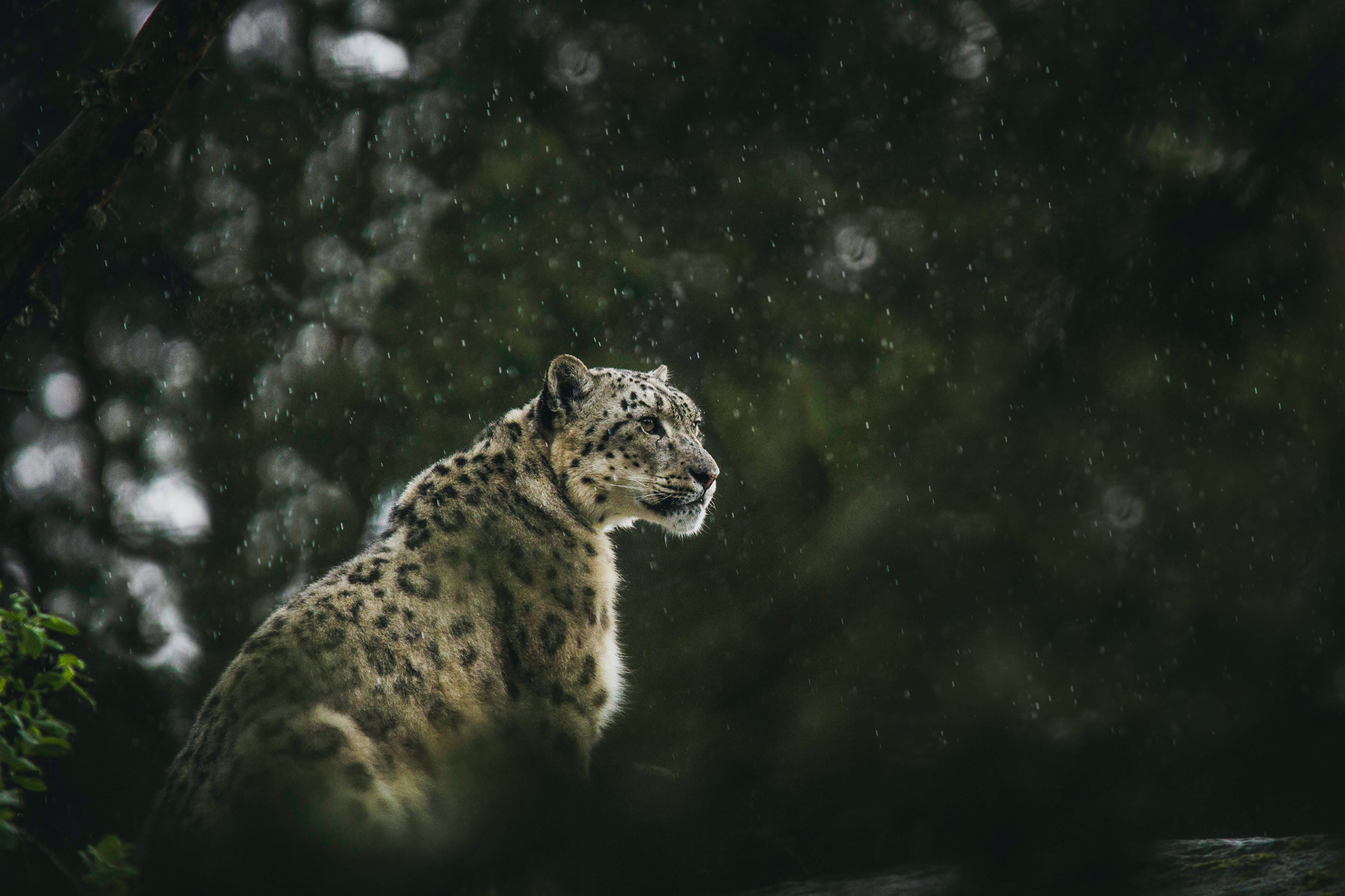
Camera Settings
Your camera settings are going to change depending on what you’re shooting, but let’s look at a few basic scenarios and the settings you’d use for them.
A lot of the time your chosen subject is going to be surrounded by a lot of distracting scenery and background. So, in order to isolate your subject, you’ll want to be using a small depth of field that blurs the background with a bokeh effect. Telephoto lenses allow you to separate your subject from the background, whilst still maintaining distance from your subject. An aperture of around f4 will keep your subject sharp, whilst blowing out the background.
If you’re shooting a moving subject or using a longer telephoto lens, then you’ll need to use faster shutter speeds of around 1/250th upwards (a really fast-moving creature, such as a cheetah, will need really faster shutter speeds of 1/1000th up).
In a lot of wildlife situations, the surrounding landscape is just as beautiful as the animal and can help to place them in their environment. If you want to keep your whole shot sharp you’ll need to be looking at using a large depth of field of around f16 – f22.
Key Lesson: Always try and keep your ISO as low as possible to avoid any digital noise on your images and adjust your shutter speed/aperture as much as possible first.
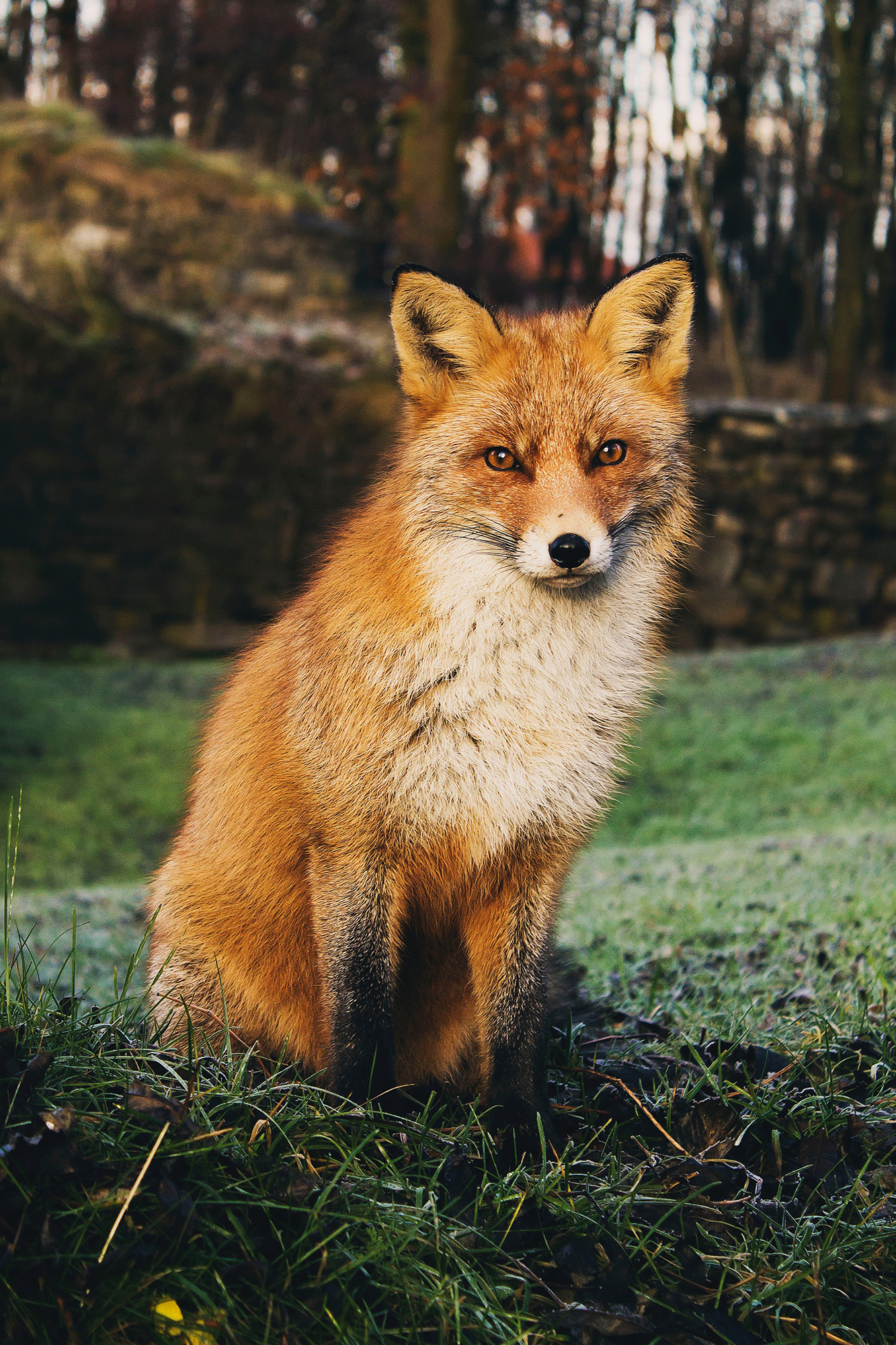
The Importance of Light and Weather
Like any other genre of photography that involves shooting outside, it’s important to understand light when you’re photographing wildlife. The ideal time to shoot is at the golden hour – the first hour of light in the morning and the last in the evening. The light is soft, with pink and golden tones and, because the sun is low in the sky at this time, your subject will be more evenly illuminated. Later in the day, particularly at midday, you’re going to have to contend with hard shadows that can easily ruin a wildlife image. In addition, it’s usually easier to find wildlife at these times when it’s quieter, cooler, and safer for them to be out in the open.
A quick note about the weather. Don’t be put off by rain or snow – sometimes it can lead to great shots and seeing animals that might well be hidden away in warmer weather. I wouldn’t recommend grey skies if you’re photographing birds but for wildlife on the ground, an overcast day prevents hard shadows and gives a softer feel to your imagery.
Patience!
You can’t expect to walk up to a wild animal (within a safe distance that is!) and immediately snap a perfect shot. It takes time to get to know an animal’s habits, patterns, and behaviour. So you should expect it to take a long time to get a good shot, and for it to take even longer to get a once-in-a-lifetime shot. But the rewards are there. The longer you spend with a group of animals, the more you’ll start to see how they behave at certain times of day and how individuals within a group display their own personalities. Now, of course, you can’t expect to spend this much time with a group if you’re just on a two-week holiday. But you can do this with a group of local wildlife.
A lot of people presume that great wildlife photography is restricted to the great plains of Africa. Whilst it’s true that you’ll find some extremely majestic animals there, you shouldn’t presume that you can’t capture great wildlife shots in your own backyard. Almost anywhere you live in the world, there will be wild animals. For instance, I live in the UK, and, off the top of my head, I could be photographing foxes, deer, badgers, ponies, squirrels, and a massive variety of birds and insects – to name but a few. As stated above, the advantage of working with animals on your home turf means that you can really get to know the animals and will have a far higher chance of getting wonderful shots.
Key Lesson: Somewhat conversely, after I’ve spoken about the importance of taking time to get good shots, you do need to be ready to capture that special photograph in an instance. Animals are unpredictable and things happen quickly. When you’re out shooting wildlife, keep your camera to your eye and your finger on the trigger at all times.
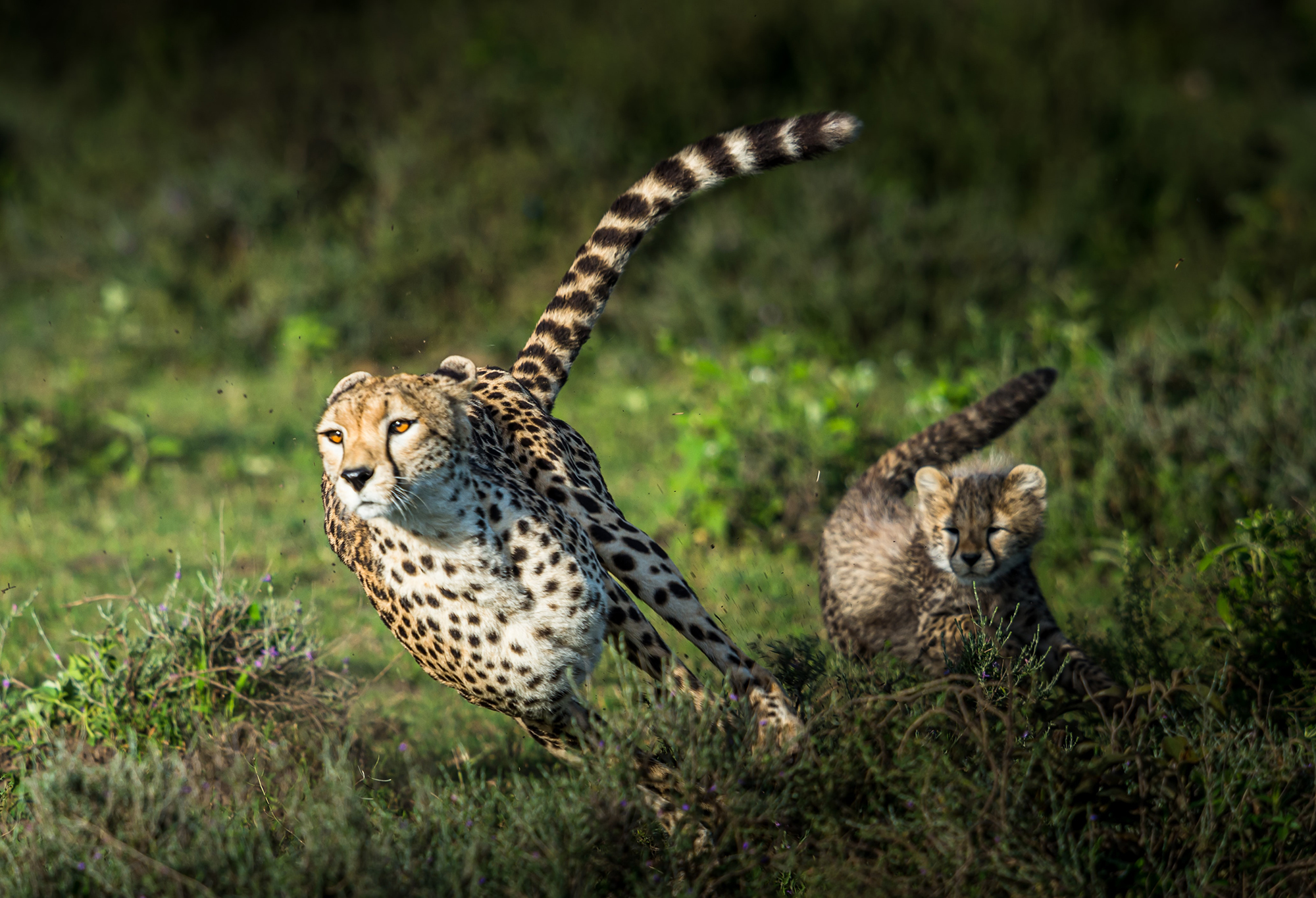
Animal Behaviour
Wildlife photographers want to capture natural shots that show animals acting in a natural way. But none of this is possible if you’re visible or the animal can smell you. The most important thing you can do is make sure that you know which way the wind is blowing and make sure that you stay downwind of the animal. Wear clothing that helps you blend in with your environment and use a bush or tree to hide behind. Your car can also be a perfect blind if the wildlife is used to seeing them out and about (as long as you stay in the car!).
Wildlife and the Environment
Wildlife photography isn’t just about taking close-up shots of the animal. The environment that wild animals live in is often as stunning as they are, so it can be worth including. Think about whether the environment adds anything to your photograph. Does it help to tell a story? Does it help you to show an animal in motion? Does it help to convey the wildness of your subject? These are just a few questions you can ask yourself when you shoot. Use the ‘push/pull’ technique and capture a selection of shots that capture just the animal and some that involve the environment.
In Conclusion
Wildlife photography can produce spectacular and breathtaking images but it’s a genre that needs a lot of patience and skill. But the results are worth the effort!
Self-help Quiz
- What is the rule relating shutter speed to focal length when using telephoto lenses?
- What aperture range is suitable for keeping your whole scene sharp?
- What is the golden hour?
- Should you stay up or downwind of an animal?
- What is the ‘push / pull’ technique?
Cover Photo by Gwen Weustink
